Public concern has been growing about the long-term effects of concussions for athletes, professional and otherwise. While the risks in professional sports are considerably different from those of contact sports in school, they beg the question: How can a parent of a young athlete best minimize the risk of concussions in contact sports?
The question is especially important because children under the age of 18 are more vulnerable to concussions, and the accumulation of concussions is something to be avoided. As a neurologist who treats professional athletes as well as youth at Hospital for Special Surgery in New York City, I encourage parents of children who play contact sports to take the following steps:
First, educate your child about concussions and their symptoms. A concussion is an alteration in mental status induced by trauma, which may or may not involve loss of consciousness. Symptoms are wide-ranging and include headaches, memory problems, sensitivity to light and noise, cognitive changes and mood changes. Children may have wrongly been told that "seeing stars" or "having their bell rung" -- as the symptoms of concussions are colloquially described -- is a normal byproduct of sports. Alerting them to the range of potential symptoms prior to their experiencing them will allow for considerably better treatment.
Second, teach your child the importance of self-reporting. It's essential for athletes to understand the symptoms, because they are largely subjective. The usual diagnostic tools of a neurologist -- a reflex hammer, tuning fork and imaging -- are of little use. Self-reporting is key, and athletes should be encouraged to report any symptoms to their coaches or parents. Coaches, who may historically have downplayed the importance of the symptoms, are increasingly aware of the need for appropriate medical treatment.
Third, stop play when symptoms occur and see a specialist. The best response to symptoms of a concussion is to stop play and see a neurologist. The neurologist can best gauge the extent of the symptoms and prescribe an appropriate course of action. Often that course will involve complete rest -- with as little brain stimulation as possible -- not simply no sports, but no videogames, no exercise and no activity that will lessen the brain's ability to recuperate completely. In those cases, it's important to follow the doctor's instructions precisely.
Fourth, be conservative about returning to play. Return-to-play guidelines must necessarily err on the side of caution, given the underlying ambiguity of these conditions. Coaches and players may be eager to have the athlete back for a crucial game, but it's far more important in the long run to recover fully and reduce the chance of recurring concussions. Adequate time to rest and recover from a concussion remains the mainstay of care.
Fortunately, the brain can heal with rest and caution from a mild concussion. When fully healed, the brain is also less susceptible to future concussions than it would otherwise be. The greater concern is repeated head trauma, which can give rise to a condition that is particularly worrisome: chronic traumatic encephalopathy (CTE) -- a disease defined by memory disturbances, behavioral or personality changes, speech and gait abnormalities and Parkinsonism.
The potential impact of repeated trauma is something that should be the focus of further consideration. Some schools are now requiring baseline neuropsychological testing for students playing contact sports, so that the impact of any head trauma can be better evaluated. This should increasingly be the case for students 12 years old and older.
Perseverance in the face of adversity has long been viewed as one of the central lessons of sports, and "playing with pain" has historically been encouraged. But the ambiguity of head injuries and their long gestation suggest that such machismo is foolhardy when it comes to concussions. As American culture and sports grapple with this issue and establish new norms of behavior, education and cautious guidelines are the best preventative medicine for our children on their playing fields.